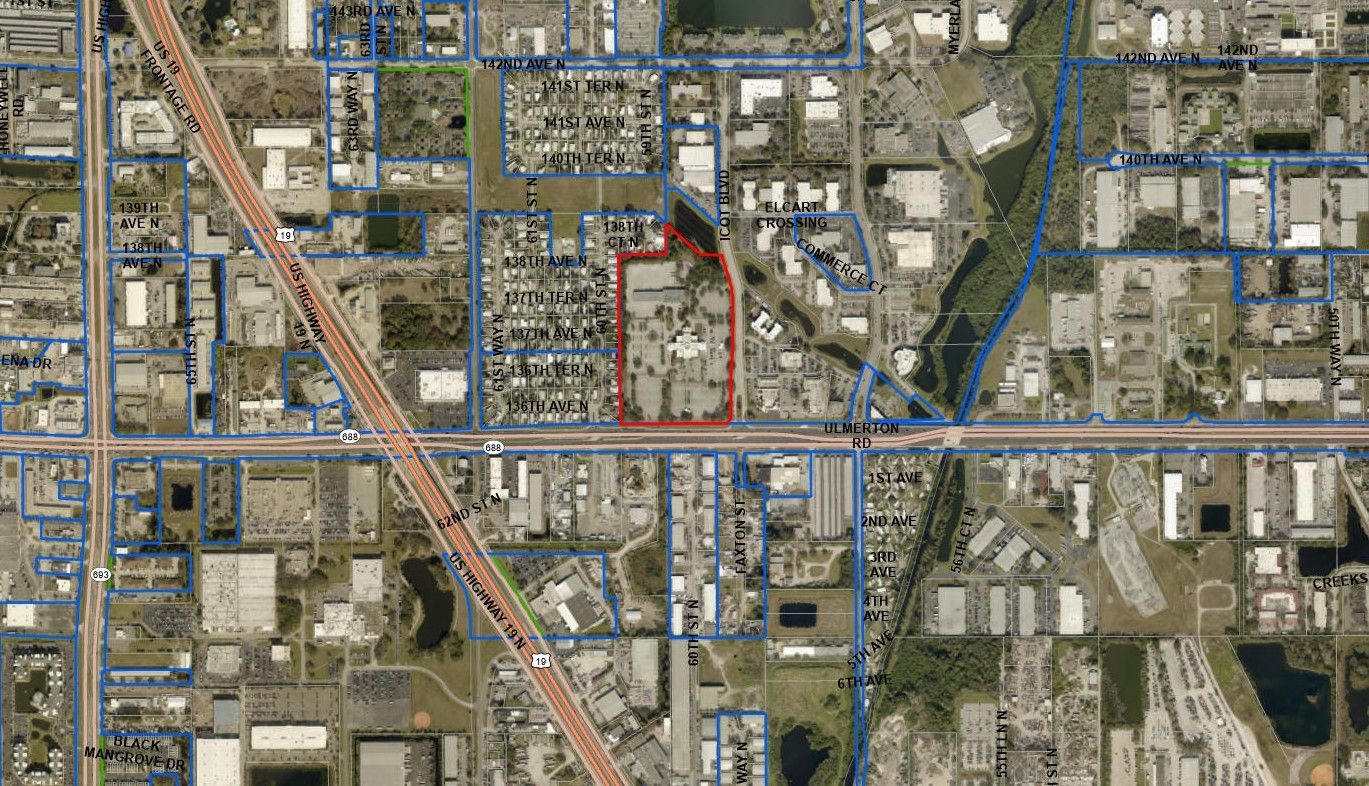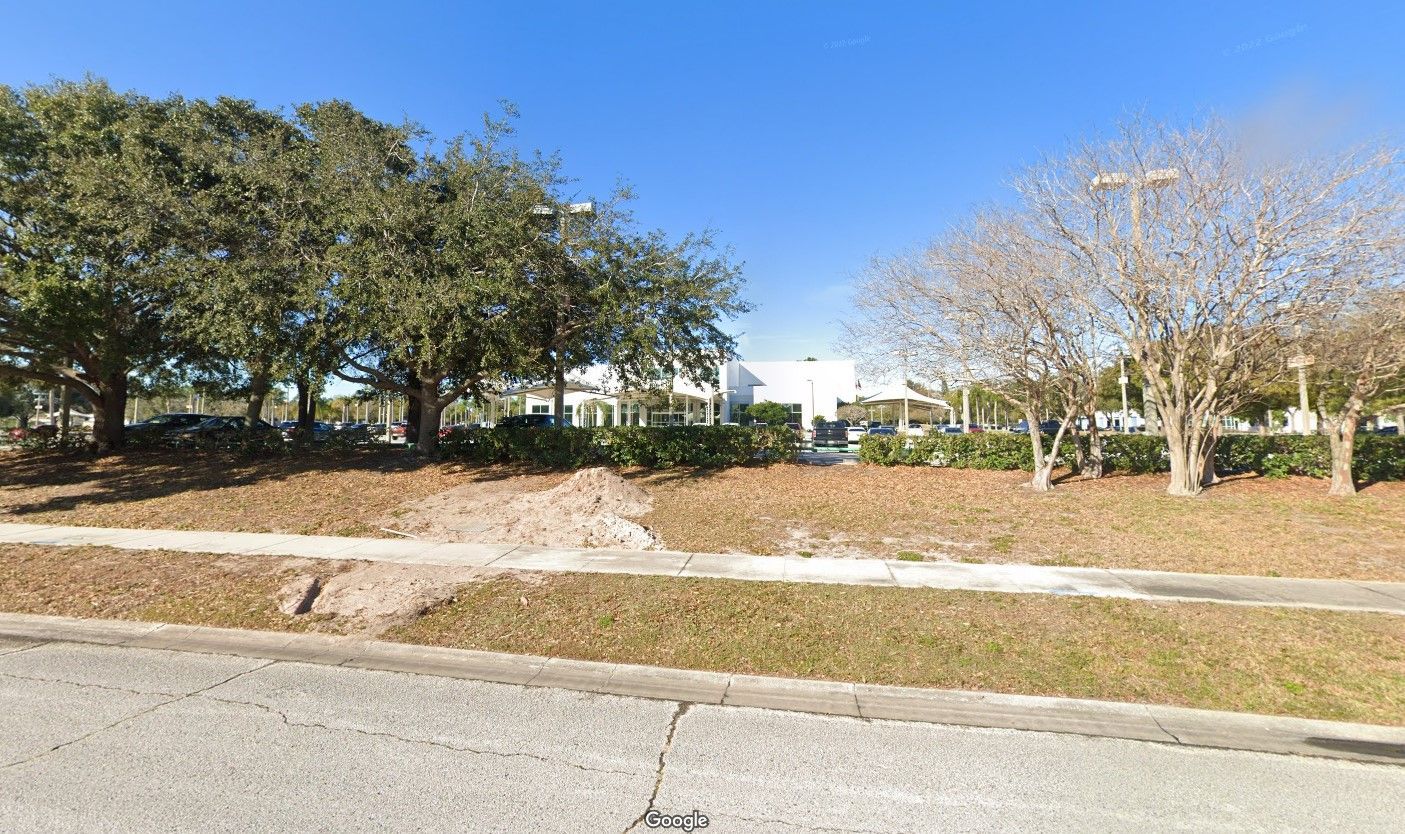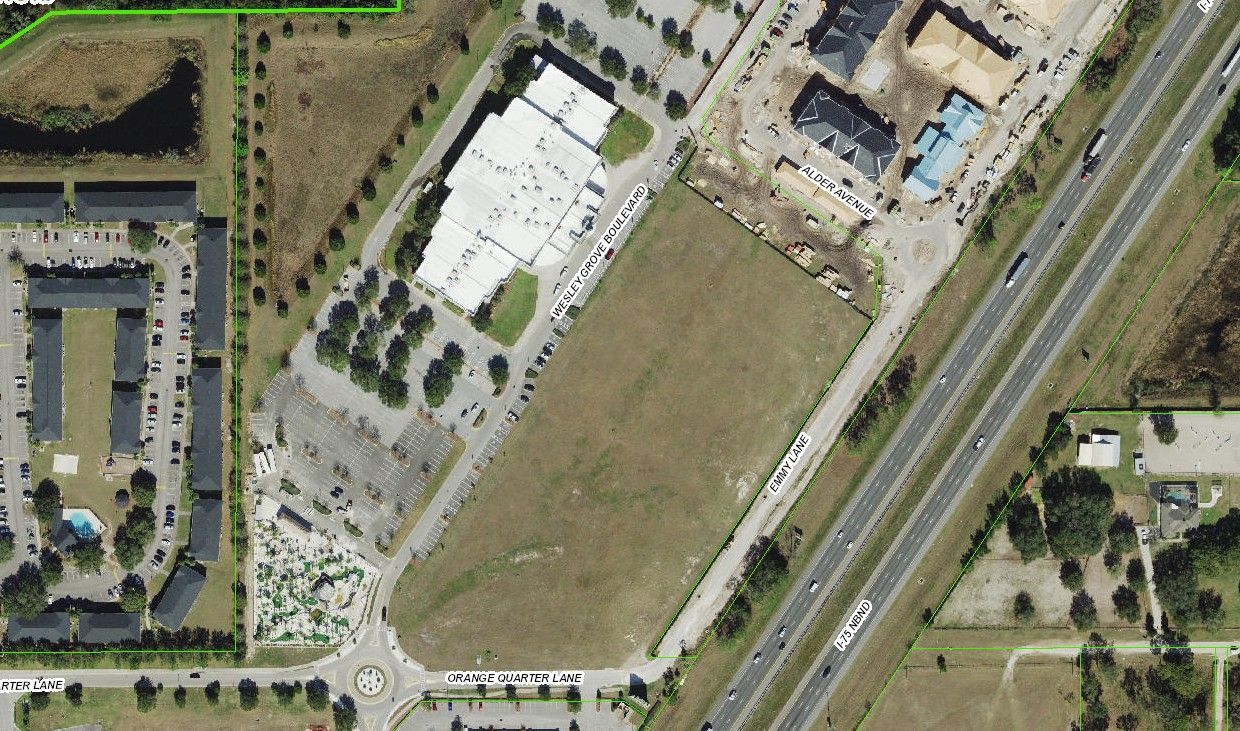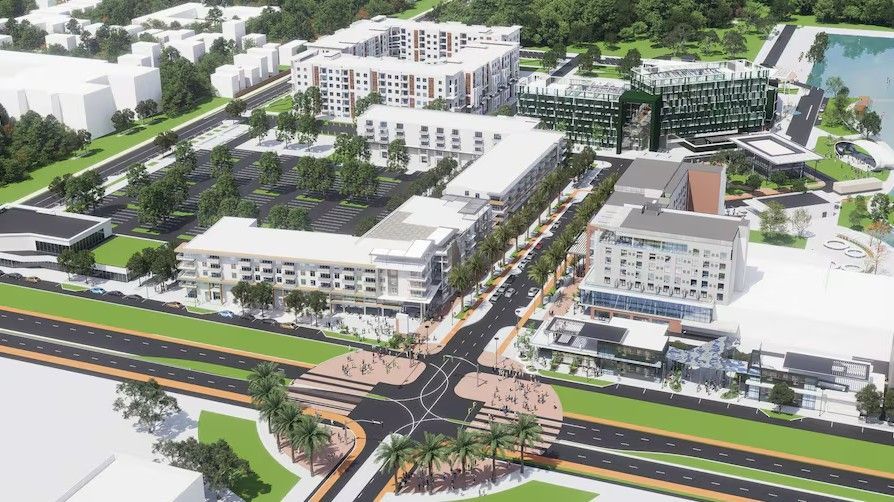Pinellas County Commissioners to vote on land purchase for new government headquarters

Next Tuesday, Pinellas County Commissioners will vote on the purchase of a 21-acre parcel of land off Ulmerton Road. The land is just east of U.S. 19, and they consider it the ideal home for their new government campus.
The land purchase would be over $33 million, and commissioners showed little hesitancy while discussing the prospect during a work session Thursday. They are aiming to have the deal closed prior to the end of the year if the vote goes well. This marks a significant step forward for the county as they have long been aiming to move out of Clearwater and closer to the center of the county.
The new potential site is located at 13600 Icot Blvd., just near where a consulting firm determined is the Pinellas weighted population center. The site is near major roads, and it is in a spot that is more conveniently accessible for residents, making it an appealing location.
Commissioner Brian Scott did voice concern about overpaying, as previous valuations for the site valued it at about $27 million. Assistant County Administrator Keven Knutson pointed out the appraisal did not account for the ramifications of Florida’s Live Local Act – which took effect early this year and allows affordable housing on land that is not zoned for residential use. The Icot Blvd. site is zoned for office space, but thanks to the Live LocalAct, nonresidential land is more valuable and more appealing. County appraisers agreed $33 million was a fair deal.
The land was last purchased for almost $11 million in 2015. The land was once used as a car lot but is now the headquarters of a health care management firm and a flea market on the weekends. The building that is on the property now would be demolished. The county hoped to find a property with existing buildings they could refurbish, but there was nothing that met their needs available.
A move out of downtown would be transformative for the city of Clearwater, as development would be more than possible in the buildings the county currently occupies. The sales would also help with the cost of a new campus, which is estimated to cost between $263 and $334 million.

Thank you for your interest. If you need Appraisal & Valuation Services in Clearwater contact:
Source: Tampa Bay Times
SHARE CONTENT





